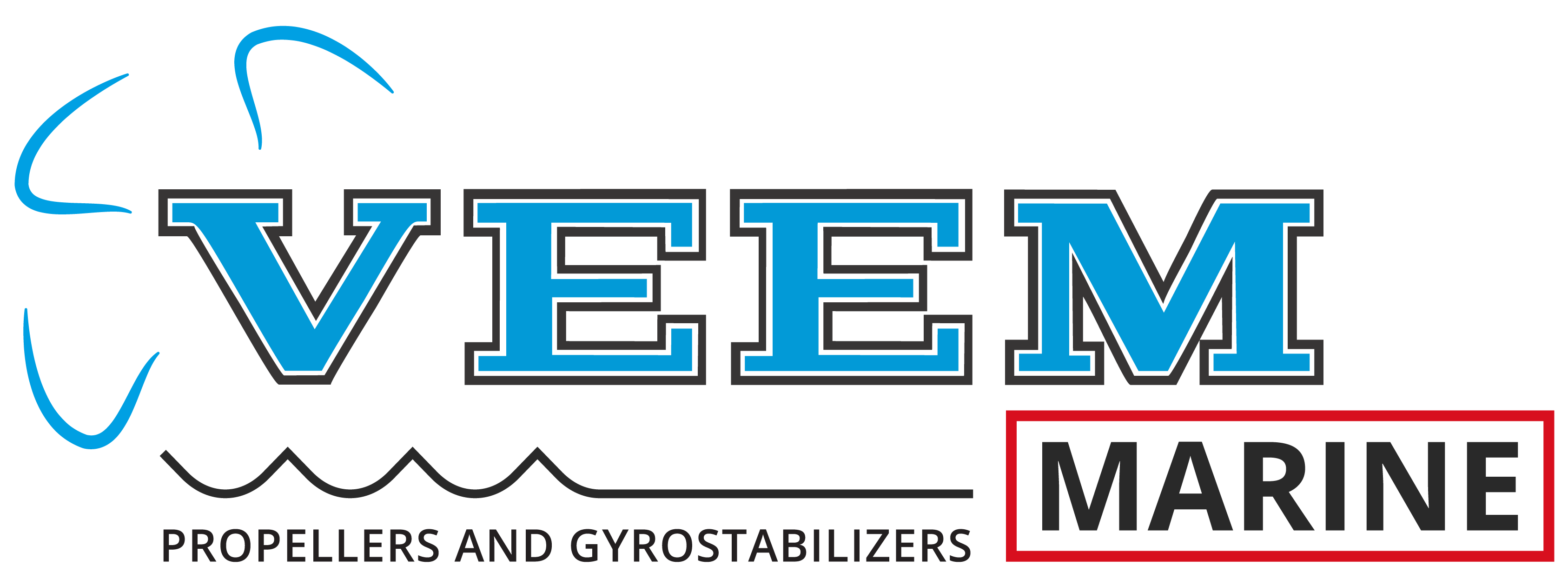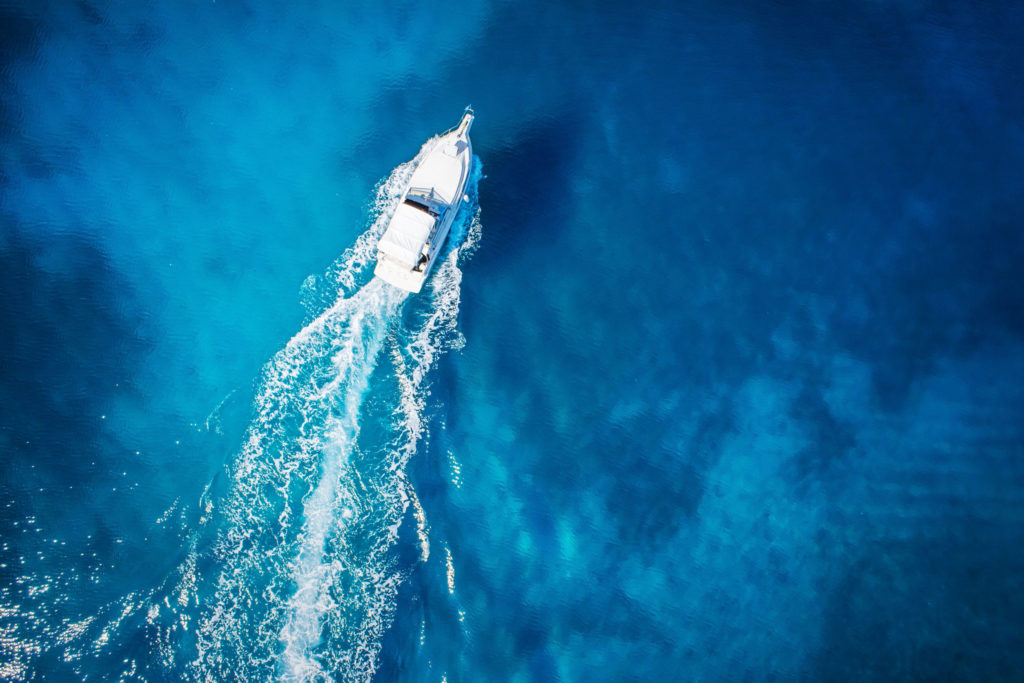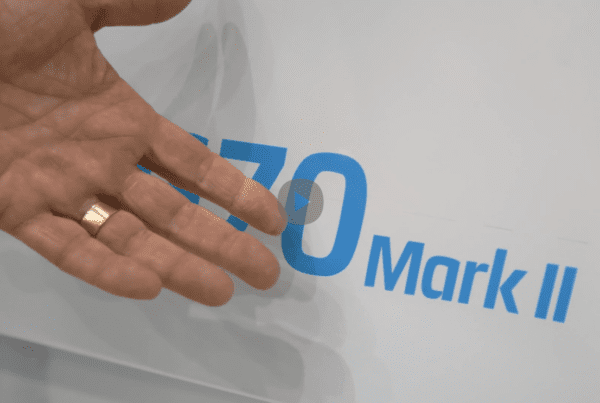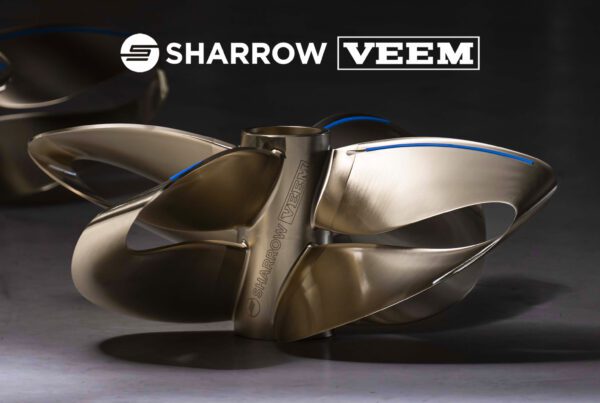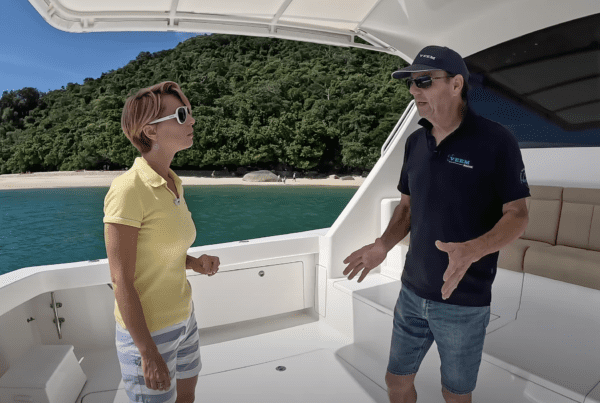The primary goal of any gyrostabilizer installation sizing is to select a gyrostabilizer system that provides excellent roll motion attenuation in wave environments typically experienced by the vessel.
There is no point installing an excessively large system that is suitable for extreme seas that are outside of the vessels intended operational profile. Equally, it is essential that the system is appropriately sized so that it creates a safe, stable platform for enjoyment in all wave environments that are within the vessel’s intended operational profile. In order to do this, it is clear that the wave height must be considered.
Any sizing system that does not consider wave height does not allow the shipyard or owners team to rationally consider whether the proposed gyro system will be fit-for-purpose. If this information is missing, then you should obtain this information prior to making purchase decisions.
A gyrostabilizer cannot be sized using only simplistic simulations based on regular wave inputs.
The term ‘regular waves’ describes a theoretical seaway in which all waves are the same height and the same length. This would mean that they all pass a stationary vessel with the same period – this situation NEVER occurs in reality. In fact, each wave passing under a vessel has a different height and a different length.
In ‘regular waves’ it is a relatively straightforward thing for even a very simple active control system to optimise the gyrostabilizer flywheel’s fore/aft rotating rocking motion (called precession), so that the flywheel always rocks through its full mechanical range of movement. This produces the maximum stabilizing torque.
However, if the wave height and the wave length both vary randomly for each passing wave, then this active control task becomes much more complicated. Without prior knowledge of what each passing wave will be before it arrives, no active control system is able ensure that the resulting precession perfectly utilises the full mechanical range without the occasional damaging crash into the mechanical limits. There are better and worse control systems, and it is worth understanding this when selecting a gyrostabilizer vendor. However, for now it is sufficient to acknowledge that the control system is not perfect. This means that the level of stabilizing torque generated as each wave passes under the vessel will usually be less than the maximum available torque (produced if full mechanical precession range is used).
What does all this mean?
Well, if gyrostabilizer roll reduction simulations are based on the assumption of perfect controller performance, and on ‘regular waves’, it is likely that the simulation will significantly over-estimate the performance of the gyrostabilizer. This is not a good basis for sizing a gyrostabilizer system. Notice the word ‘significantly’? This may not be a small error, and could easily be the difference between excellent gyrostabilizer performance and poor gyrostabilizer performance. The time to understand the performance that a gyrostabilizer installation will have is BEFORE you have invested in the acquisition and installation of the unit.
The VEEM Marine Gyro Size Calculator incorporates wave height into its calculations. The sea profiles considered range from 0.5m to over 5m, telling GyroSize how to balance the stabilizing torque generated by the gyrostabilizer installation against the expected wave induced rolling torques.
VEEM is committed to ensuring that you are provided with straight forward, useful technical advice to allow you to make an appropriate profile selection which matches your stabilization expectations. If in doubt, please discuss your selection with our trained sales agents or experienced naval architects.
